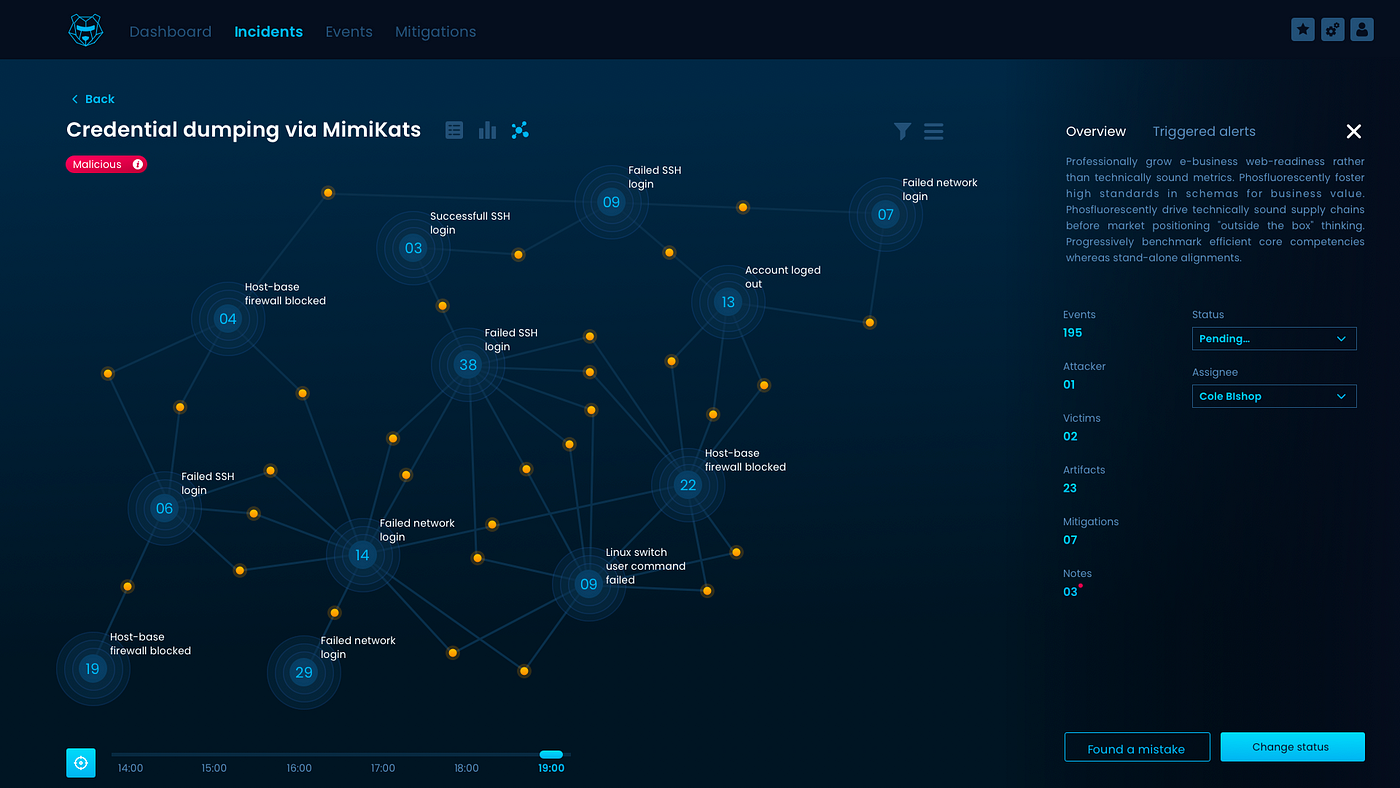Security
5 Key Use Cases for Microsoft Copilot in Cybersecurity
17 September 2024
|
Zaker Adham
Microsoft’s Copilot for Security, a generative AI tool launched in April 2024, is designed to support cybersecurity teams by enhancing their ability to manage risks and close security gaps. Built using OpenAI technology, this AI-driven assistant aims to help security managers, incident responders, and SOC members improve their organization’s security posture.
Launched after a limited release in the previous year, Copilot for Security was developed to help organizations address cybersecurity challenges, including talent shortages and skills gaps. It offers a comprehensive platform for security teams to operate more efficiently and manage complex tasks like triaging incidents and analyzing malicious code.
Let’s explore five key use cases where security professionals, including CISOs, can utilize Microsoft Copilot for Security to streamline their cybersecurity programs and boost operational effectiveness.
What is Microsoft Copilot for Security?
Microsoft Copilot for Security is a specialized version of the company’s AI assistant, Copilot, tailored to support cybersecurity teams. It is designed to assist with a range of tasks, from identifying network vulnerabilities to responding to incidents. The AI integrates with various Microsoft Security products, such as Microsoft Defender XDR, Microsoft Sentinel, and Microsoft Intune, providing users with seamless access to relevant security data.
Features of Copilot for Security include:
- Integration with Microsoft’s core security products.
- Natural language processing to simplify complex technical information.
- Custom prompt creation for tailored responses.
- Detailed usage reports to help teams optimize their workflows.
- Multilingual support and a flexible pricing model.
This tool allows security professionals to access actionable insights, making it easier to maintain network security and address potential threats swiftly.
Use Cases for Microsoft Copilot for Security:
Identify Use Case: Asset Management One of the primary responsibilities of a CISO is knowing exactly what needs to be protected. With Copilot for Security, security professionals can quickly ask questions like, “What devices are on my network?” The AI retrieves data from Microsoft Intune and provides an easy-to-read report on the organization's physical and cloud-based assets. This use case helps teams ensure they are monitoring all potential access points, preventing shadow IT, and detecting unauthorized devices.

Protect Use Case: Vulnerability Management Knowing which devices are vulnerable is crucial to keeping them secure. Copilot for Security offers pre-built and customizable “promptbooks,” which are akin to playbooks. Security teams can use these promptbooks to automatically check devices for vulnerabilities, such as identifying affected systems using CVE IDs. This streamlines the vulnerability management process and helps teams respond more quickly to emerging threats.

Detect Use Case: Incident Triage Managing the flood of alerts and security messages can be overwhelming for many organizations. With promptbooks in Copilot for Security, teams can filter out irrelevant alerts and focus on high-priority incidents. Copilot can analyze the security posture of affected devices, users, and network impact, and provide a clear, concise report, allowing teams to make informed decisions without being bombarded by noise.

Respond Use Case: Taking Action Once vulnerabilities or incidents are identified, Copilot for Security can assist in taking appropriate action. By analyzing CVE data and network assets, the tool suggests actionable steps to mitigate risks, helping teams quickly determine whether they are adequately protected. While Copilot does not automate responses, the AI-generated insights can be used to guide manual response processes or build automated workflows.

Recover Use Case: Communications Communication is key during or after a security incident, and Copilot for Security can help security teams generate summaries of incidents for internal and external communication. By using Copilot to draft sanitized reports, organizations can maintain transparency with stakeholders without compromising security. These reports can be valuable for both incident response and reputation management.





